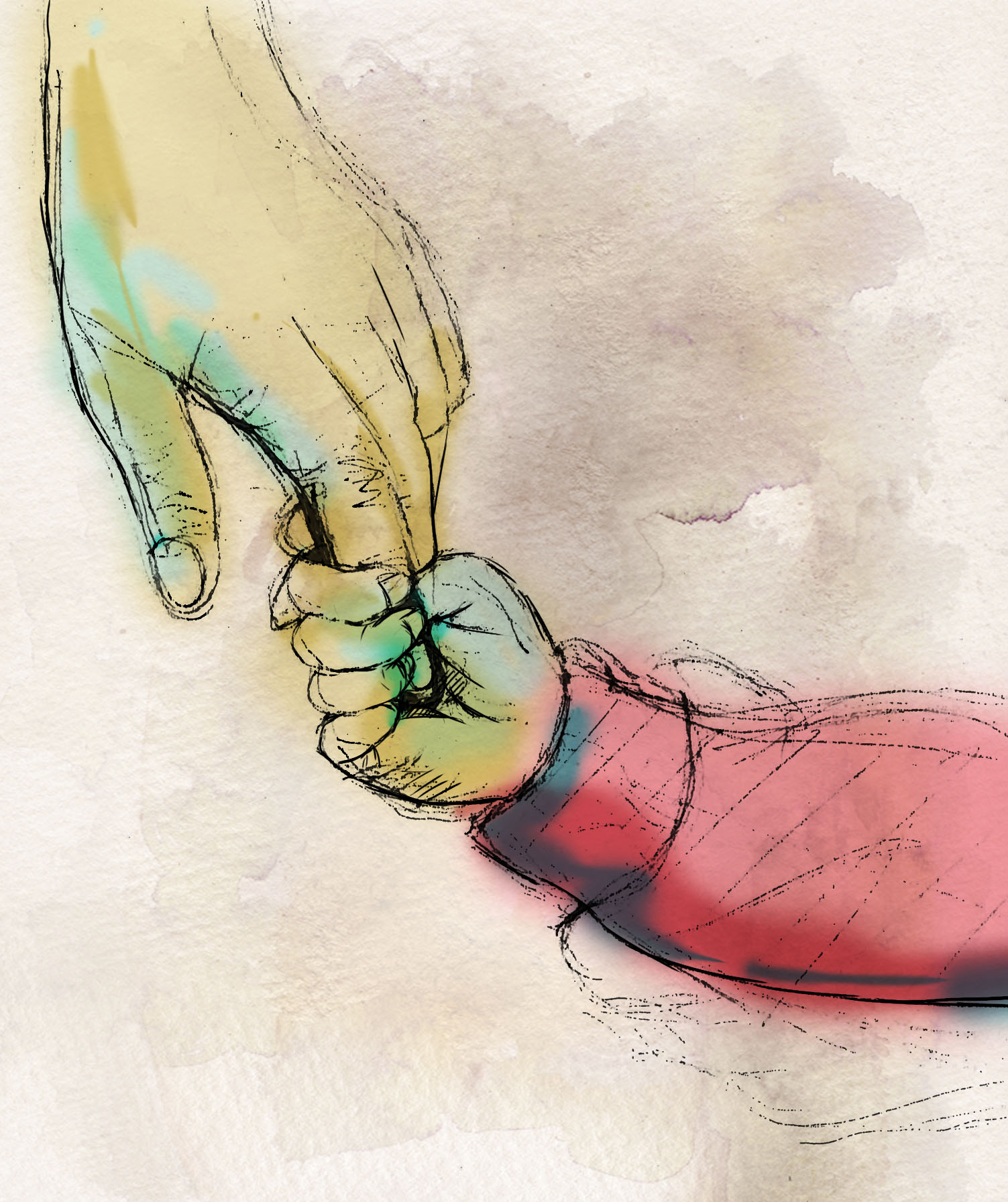On September 23, La maison Kangourou opened as a temporary house where parents or guardians can leave their children during a period of crisis. The project began in 2011 by Josée Fortin, and is run entirely by volunteers.
A temporary house for children
Fortin told The Daily that she initially started La maison Kangourou to serve as an emergency service to children whose parents are temporarily undergoing crisis situations at home.
According to Fortin, what differentiates La maison Kangourou from foster care services is that participation by families is completely voluntary; it is parents who decide whether they need some time away from their children and who reach out to the organization.
“It’s not a foster home; we don’t keep the children. We just keep them temporarily, [for] the time that the parent needs to resolve their problems. Sometimes, it’s not resolved, but they can take a pause. And that makes the whole difference,” said Fortin.
Fortin stated that La maison Kangourou is meant to be a preventive measure to relieve the stresses of family life that can lead to child abuse or other problems, which in turn might require youth protection services to intervene. A parent or guardian can leave their children for up to 15 days in order to give them time and space to deal with their own ongoing problems at home.
“We have cases where the father has committed suicide, and the mother has to deal with that. So, maybe you don’t want your kids to be in the house while this is happening, while you deal with the cops and whatever. We have a case where a mom was trying to kill her kids, and herself, in a dark moment. That mom in particular now has separated, and now she has met someone else, and she has a nice home in Quebec, and her life has totally turned around,” Fortin explained.
Problems in Quebec’s foster care system
Youth protection and foster care services in Montreal have faced problems in the past.
In 2012, the Batshaw Youth and Family Centres, a youth rehabilitation placement service, faced criticisms for placing children into a foster home where they faced sexual abuse. According to CBC, the first child was placed in the home in the Laurentians in 2006, and the abuse started when the child was just six years old, lasting six years.
A young girl who also lived in the house became pregnant and gave birth at the age of 12. A Quebec Human Rights Commission investigation concluded that certain necessary steps were not taken by Batshaw, and said that background checks into criminal records were not done thoroughly.
Furthermore, many children in the greater Montreal area still face situations that require the intervention of youth protection and foster care services. For instance, Batshaw has 550 children under foster care in 350 homes.
Rubin detailed the reasons for the need of youth protection and foster care services for children in an interview with The Daily.
“[Batshaw] will be looking at emotional abuse, physical abuse, sexual abuse, neglect, and so forth. […] You may have a young parent, who maybe does not know how to be a parent, does not meet the needs of their children. We do not necessarily go in and remove the child. We look at how we can support this parent,” she said.
Foster care systems in Quebec
According to Fortin, it is required that someone report any situation in which the health and safety of a child are compromised to youth protection and foster care services before action can be taken to assess the family and investigate the situation.
Once a report has been made to youth protection and foster care services, it is then up to the individual agencies to decide whether or not a child’s health and safety has been compromised.
According to Robert Pagé, Vice President of the Fédération des familles d’accueil et des ressources intermédiaires du Québec (FFARIQ), the child may be placed under temporary care for periods that could last up to 12 months, in order to give time for the youth centre or the director of youth protection to assess the situation and to try to work out a plan with the family.
“The ‘youth protector’ does not take it onto [themselves] to take the child directly, [they have] to go to court for that. [They have] to prove that the family is not capable of taking care of the child,” said Pagé.
Pagé also stated that the agencies try to make sure that the situation with the biological family of the child can be improved, so that the child may eventually go back under its care.
On the other hand, Fortin says that it is less likely for youth protection and foster care services to intervene in situations where nothing damaging to the well-being of the child has yet occurred.
“You have to have somebody call in and say, ‘Look, we think something is going wrong with the family.’ That’s when foster [care] comes in, however. That’s when the state comes in, and they decide what to do with the child, if they feel that this child is neglected, or their security is compromised,” Fortin explained.
It is also possible, although rarer, for parents who are going through hardships to report themselves. In these situations, youth protection and foster care services are more reluctant to intervene, but still try to provide guidance so that families can access resources to prevent youth protection and foster care services from intervening in the first place.
“But they [social services] won’t intervene at that moment. But if the parent does not get support at that moment, well, maybe, [that] could bring to neglect,” said Fortin.
— With files from Emma Noradounkian
